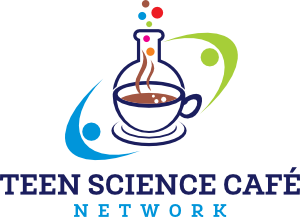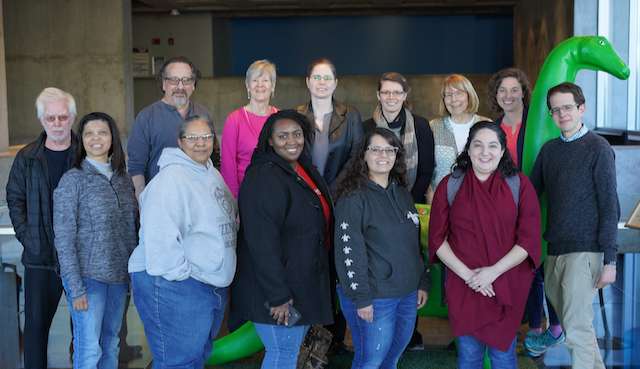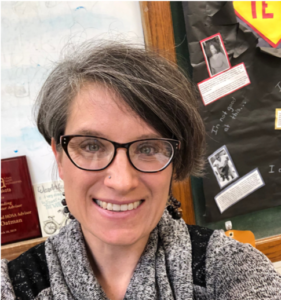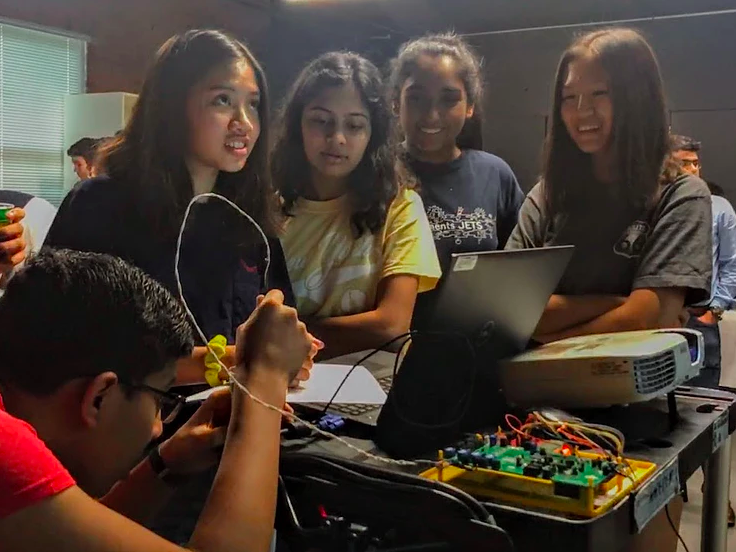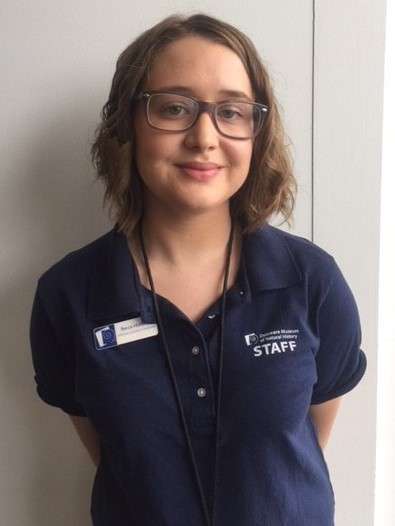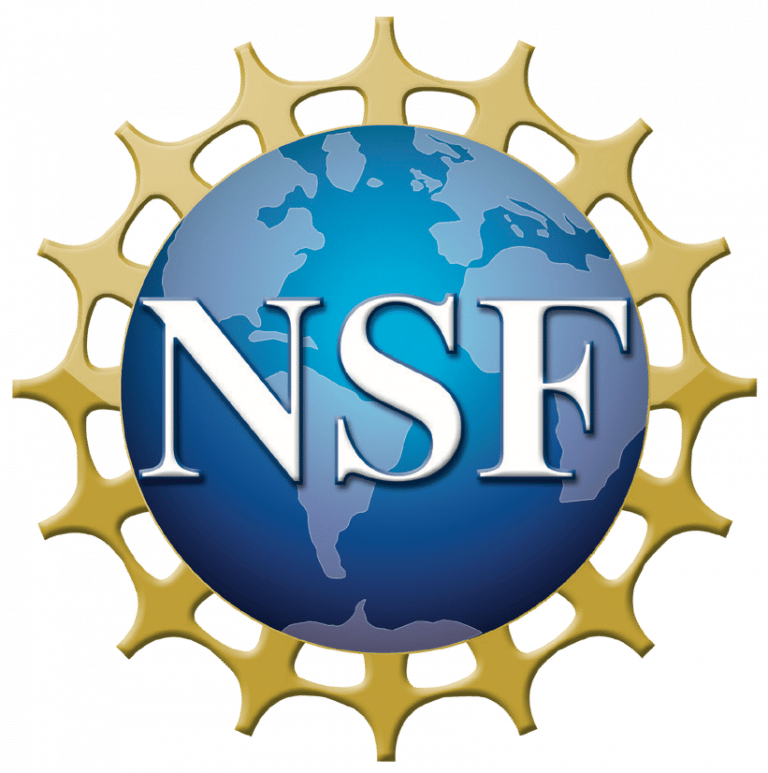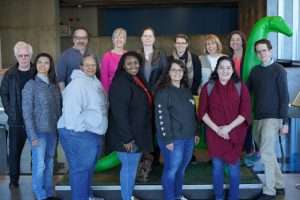 Rural Teen Café Research Project: Workshop Report
Rural Teen Café Research Project: Workshop Report
Michael Mayhew, Project Advisor
Roughly one third of sites in the Teen Science Café Network can be characterized as “rural.” Although such sites vary greatly in the details of their settings and demographics, they share some common characteristics. Rural teens have far fewer opportunities to participate in STEM than their peers in urban and suburban areas. Rural counties make up the vast majority of those with at least 20% of the population living in poverty. Rural students graduate from high school at a high rate, but graduation rates from college are low. Network adult leaders of rural cafés face two dimensions of isolation, one being that the communities are spread thinly over a large area, and the other being the isolation they typically experience because of the lack of any larger STEM ecosystem that can provide support. Due to the dispersed nature of rural communities, transportation is a common issue. These challenges are consistent with those identified in the report of the 2018 NSF-sponsored, Rural Informal STEM Learning Workshop. The challenge of providing rural teens with the means of engaging in STEM comparable with peers in urban and suburban settings is one of achieving equity across the national teen population.
Jan Mokros and Michelle Hall of Science Education Solutions received NSF funding to carry out a study of Network rural sites, in which 15 adult leaders from a range of sites will carry out their own customized research projects over a two-year period aimed at developing strategies for overcoming barriers to STEM engagement for their local teens via their teen science café programs. The intent is to collectively address the “what works for whom and where?” question, thus providing a foundation for other rural sites and other researchers to build upon. With the help of the project leaders, each participating adult leader will design a small strategic research project to examine the STEM learning opportunities for their teens, and will document their work. The heart of each project is the identification, justification, and documentation of a particular strategy with a group of rural teens and measurement of impacts on the teens.
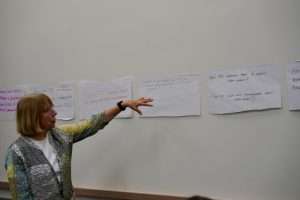
To begin the project, a workshop was held at the Arizona Science Center in Phoenix on January 31 and February 1, 2020, with the aim of beginning the planning of participants’ research projects. An initial cadre of 8 Network adult leaders from a wide variety of rural sites participated. (An additional cadre of participants will be engaged next year.) The participants were:
- Angela Henson, Southern Illinois University STEM Education Research Center, Carbondale, IL
- Carolyn Noe, Northern Kentucky University Institute for Health Innovation, Highland Heights, KY
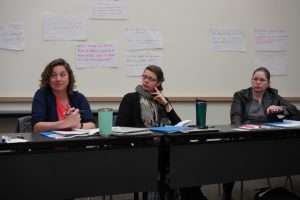
- Ciera Mack, Esther’s Organization, Stanley, NC
- Esperanza Zenon, River Parishes Community College, Sorrento, LA
- Jennifer Parsons, Ohio Valley Museum of Discovery, Athens OH
- Kimberly McCollum, SUCCESS Academy, Southern Utah University, Cedar City, UT
- Maria Gonzalez, Vida Del Norte Drug Free Coalition, Taos, NM
- Rhea Waldman, South Dakota Discovery Center, Pierre, SD
The participants all represented sites with a moderate degree of “rurality”, ranging from 0.56 in Hughes County South Dakota to .33 in Gaston County North Carolina (where a score of 1 indicates the highest rurality and 0 indicates lowest rurality on the Index of Relative Rurality.)
Below is a summary of discussions aligned with the meeting agenda.
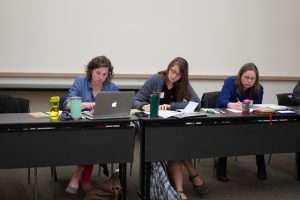
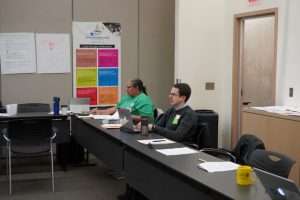
DAY 1: AM
Following brief introductions, Jan gave an overview of the project. The overall goal is:
“For each participant to gain the skills and knowledge to develop a meaningful research project that will enhance both their teen science café program and the field of informal STEM education in rural areas. To achieve this goal, we as a research group will:
- Discuss and implement the project’s strategies, expectations, and logistics.
- Develop participants’ knowledge and skills to conduct collaborative research on rural STEM issues.
- Create a supporting “community of practice” for collaborative research.
- Ensure participants have knowledge and confidence in applying the TSC Core Design Principles.
- Develop an asset map of each rural community that supports implementation of a vibrant TSC.
- Discuss each leader’s research questions and consider who might collaborate with whom around them.
- Learn about education research methods.
- Establish mentoring relationships with each participant, with monthly chats.
- Establish the evaluation tasks and responsibilities of each participant in the community of practice.
- Discuss ways and follow through on disseminating our work with multiple audiences.
Jan drew a Venn diagram showing 1) rural, 2) teen cafés, and 3) STEM out-of-school programs. Our project lies at the intersection of these three regions.
Michelle provided a brief tutorial on the Teen Science Café Network program, emphasizing the Core Design Principles. This was principally for the benefit of the participants who are just getting started with their café program.
Jan and Michelle next led a session with a discussion on characterizing typical rural sites. They framed the discussion with these questions:
What are the fundamental differences between diverse rural settings collectively and urban/suburban ones? Why study rural areas? What makes your community rural? What is its character, what do people like to do, what institutions, businesses and infrastructure do you have? What commonalities are there among us? What are your barriers to a successful teen science café program?
In answer to the question, how is your community rural, participants came up with these mental and visual images:
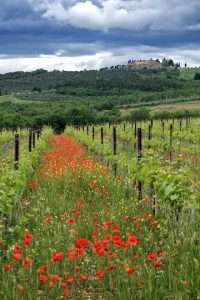
- Sheep Parade (this one offered up by Kimberly McCollum from Utah)
- government says so
- close knit people … everyone knows everyone … strong sense of community
- no large corporations except maybe hospital and some non-profits)
- few connections to science and higher education
- rural towns are highly dispersed…big towns are hours away…the rural town is an “oasis”
- typically very small towns surrounded by farmland, though in some clusters there may be one town that has a small college or university and be a cultural center…there may be natural parks nearby
- teens may not be aware of or take advantage of opportunities… they may “get stuck”…they need expanded horizons
- towns may be isolated between geographic barriers, such as mountains
- there may be a dependence on one industry, such as mining, which causes hardship if it goes away
- ethnic prejudices may exist
- extractive industries may take from the community, but not contribute to it, especially through training and hiring of local young people, yet rural communities may have a very high quality of life.
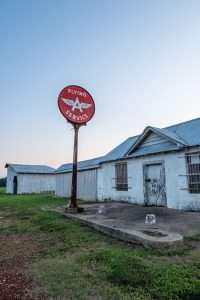
Attendees emphasized how diverse “rural” is…it is not monolithic. And rural does not mean uneducated, even if it is not formal. For example, farmers know a great deal that is science-related, even if they do not recognize it as such.
An important barrier to introducing STEM to teens in rural communities is that adults fear that exposing teens to career opportunities based on science and technology will induce them to leave the community to gain the knowledge and skills they need. One attendee noted that as a result parents may tell their kids, “you don’t need no book learning.” But if teens leave to pursue a STEM-related career, maybe they will come back and contribute to the well-being of the community they grew up in. Are there ways that this can be programmatically encouraged?
The morning session concluded with an exercise in which attendees each created an “asset map.” The purpose of the exercise was to identify organizations within the community that could help make the teen café program successful. In particular it was to get attendees to think broadly. Though there may not be a college or university nearby from which to draw presenters, lots of organizations with a local presence will likely have science embedded in what they do, such as the hospital, forest and fisheries management, water and sewer services, Civil Air Patrol, vehicle maintenance, surveying, crime scene investigator, etc. The challenge is identifying the science base of such occupations within the café context. Other organizations may also prove helpful, such as service clubs such as Rotary, high school sports programs, the local newspaper, and perhaps a local radio station.
To create their asset maps, attendees made a list that included 1) the organization, 2) what the organization could contribute to the success of the café program, 3) what the organization could get out of it, and 4) how to go about engaging the organization.
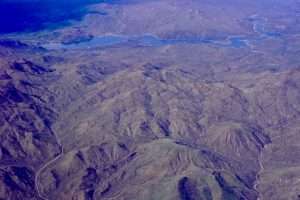
DAY 1 PM
Attendees started converging on developing their research projects. In advance of the workshop, the adult leaders were presented with four concepts with which they could start thinking about their projects:
Convene a joint meeting of two teen café sites in which one site has a prominent live presenter (a NASA astronaut) and the rural site engages virtually. Rationale: This approach provides access to the best scientists and communicators, gets teens to think beyond their small communities, and promotes increased familiarity with teens from other communities hosting teen science cafés.
Recruit stellar scientists and communicators who are from the region and engage them to implement the same café event at multiple locations. This has been successful in New Mexico. The scientists would drive to different rural places and replicate the core café with the same hands-on activities. Rationale: Teens are introduced to high quality scientists in person.
Community-based STEM. Rather than finding academic scientists, this approach involves identifying and recruiting STEM-based professionals in rural communities (such as engineers, emergency management specialists, health care personnel.) Rationale: These STEM-capable adults are known to teens and the community, though the nature of their STEM work may not be known. This approach builds on the strengths and “STEM capital” of rural communities.
Citizen-science-based STEM. Citizen science projects are ubiquitous—and may even be more salient in rural areas. Hosting a café event focused on the science of a citizen science project could be an excellent means of connecting teens with ongoing scientific research. Finding adults who are already engaged in such projects and passionate about them could make for an excellent program. For example, water quality monitoring projects and projects involving counts of various species need STEM-oriented people from rural communities to collect data. Rationale: These projects provide direct connections with scientific research and a larger community of scientists and teen science enthusiasts.
Jan presented four types of research methods that could be followed:
- Descriptive research. Simply making observation that may form the basis for hypotheses.
- Experimental design: Which can take two forms…
- Pre- vs. post-tests (does the intervention “move the needle”?
- Comparing groups (those receiving the intervention vs. those not receiving it)
- Comparison with other teen programs.
- Interviews. Which may include a pilot study.
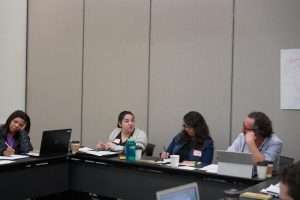
The adult leaders then articulated their preliminary ideas about possible research foci:
- Angela Henson. Rural students’ self-efficacy and self concept. How they choose to move forward in their studies of STEM. Their persistence. Are they more informed consumers?
- Carolyn Noe. Interested in looking at careers in health care, and whether students who train in this area return to the community.
- Ciera Mack. Can teen science cafés influence kids to identify and try to start solving local problems?
- Esperanza Zenon. Interested in workforce development around STEM. Interested in seeing if there is a pipeline effect with a teen science café program, to see what effect the program has on the types of STEM programs students go into, completion rates, etc. Can the project be crafted in a way to see where students are going/what they are doing?
- Jen Parsons. Self-efficacy and confidence of students who may not have same out-of-school STEM opportunities as students in other areas. Comparing virtual vs. in person delivery methods of teen science cafés. Comparing/contrasting different café locations.
- Kimberly McCollum. Do teen science cafés make teens better consumers of scientific information? Does it increase scientific literacy? Can they think critically when presented with questionable “scientific” information? Thinking about habits of mind.
- Maria Gonzalez. Are teen science cafés going to influence youths’ decisions to work in STEM either inside or outside our community?
- Rhea Waldman. Can teen science cafés show kids career options that are out there? Kids don’t know what is out there and are not exposed to those careers. Issue: it’s a 2-year project—how do we measure the change in outcome from 8th to 10th grade?
Jessica Sickler, the project evaluator, joined the meeting through a video chat . Jessica articulated her role and how she will be interacting with the adult leaders, from whom she will be collecting data. She will do phone interviews with each soon. She will be studying the process of doing collaborative research with the groups as whole. She will also be collecting data from the teens at the cafés using survey tools; she will work with each adult leader to design this element based on the information needed for the specific research project. She will use an evaluation technique called Journey Mapping.
The day’s session ended with assignment of mentors; Jan and Michelle will each mentor half of the adult leaders participating in the program over the 2-year period of the research. Virtual meetings will be held monthly, along with ad hoc conversations as needed. A second workshop will be held in year 2, which the evaluator will attend. A new cadre of adult leaders will join in year 2.
DAY 2 AM
Participants had been asked to “sleep on” their research ideas, and in this morning session they each presented a refined version of a framework for a research plan. These ideas fell out in three thematic groupings:
Group 1 (potential of virtual cafés)
What are the relative advantages/disadvantages of virtual teen science cafés vs in-person cafés?
Group 2 (career and community focus)
Can teen science cafés influence teens to identify and solve local problems?
Can citizen science projects used in a community-based STEM environment impact awareness of STEM-related opportunities in the workplace?
Will a teen science café program assist teens to make a decision to work in a field of STEM to help their community?
Does a teen science café program empower teens to explore and become more knowledgeable about STEM career opportunities?
Are rural teens who participate in a teen science café program more likely to attend college? (And in particular opt for health science majors?)
Group 3 (“STEM identity”)
How does participation in a teen science café program impact teens as consumers of science information? Do they add critical thinking skills through which they can identify trusted sources?
Will consistent participation in a quality teen science café program positively affect teen self-concept/self-efficacy in STEM? Does it lead to informed STEM product/policy choices? Does it encourage development of a scientific “habit of mind”?
What is the impact of a teen science café program of teen self-efficacy and self-concept?
By the end of the meeting, the organizers were full of confidence that this group of adult leaders is highly motivated and competent, and will form a cohesive, vibrant community of practice. Attendees concluded with feelings of excitement, if a little bit nervous at this point about their task ahead.
They were asked, what is one thing you want to take home? They said:
Ask questions, stay humble—will help with success in the project
Thinking about partners to bring together to make it happen
Connecting this to the current work I’m doing
Thinking about how to make my community accept this/buy in
Feeling more confident than when I got here
Glad I’m not in it alone
Concerned about finding funding for materials/food etc. for the café
Feeling connected and not alone (both in project and in rural communities)
Head full of ideas now—need to think of next steps
Excited about community of practice
Excited to see how it all turns out (diversity of programs)
What we’re doing will change what teen science cafés look like
